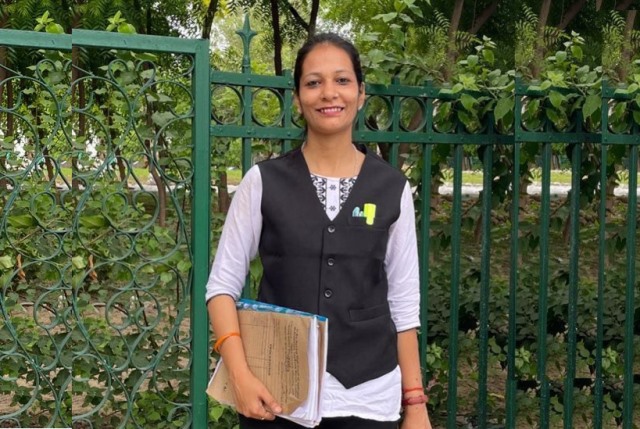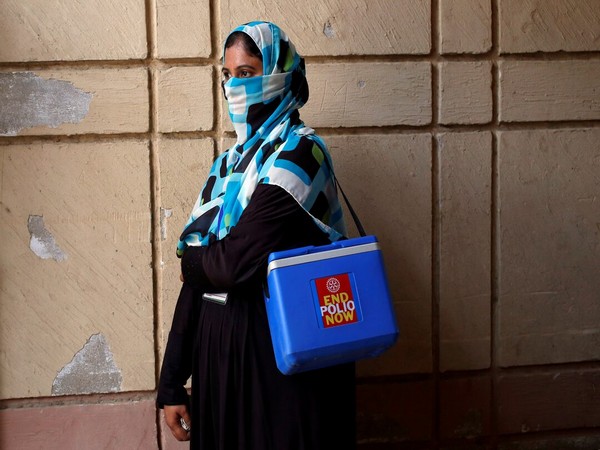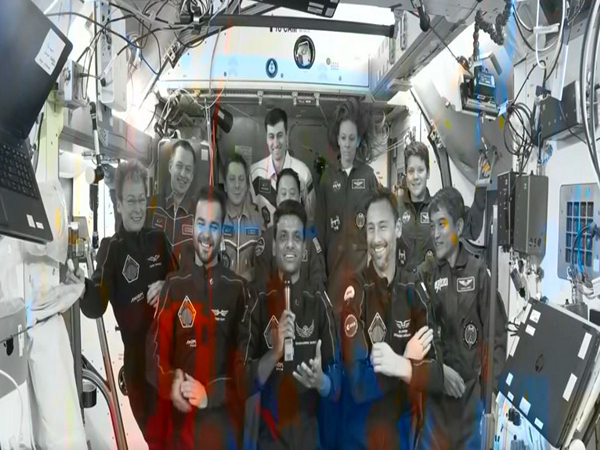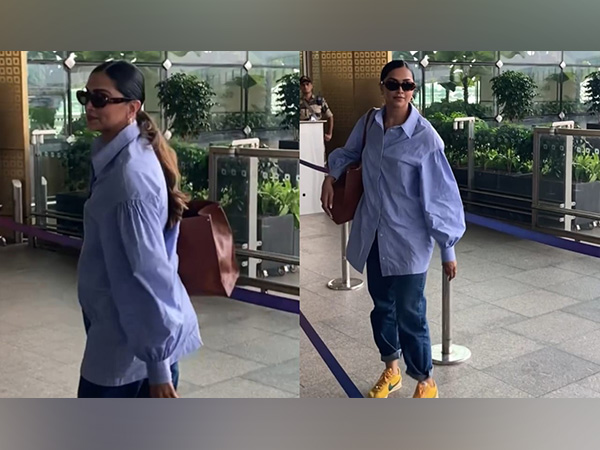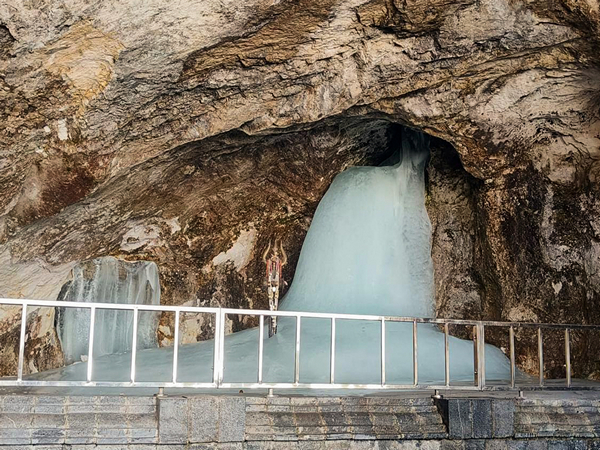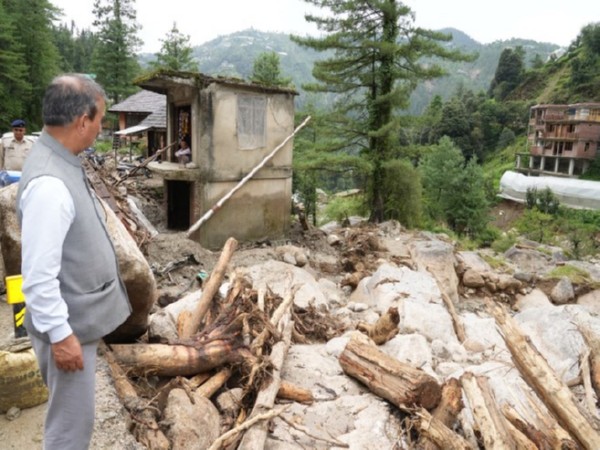Dalai Lama’s recent visit to Ladakh underscored India’s unique and vital role as the global center for authentic Buddhist learning and practice, a status that far surpasses China’s constrained and politicised approach, according to The Dalai Lama Office.
After a warm, jubilant welcome from Ladakhis, Tibetans, and other local communities, Dalai Lama emphasised the profound importance of India in preserving and nurturing Buddhist traditions, especially in light of the destruction inflicted on Tibetan Buddhist institutions by Chinese authorities.
“The precious traditions that we can learn and implement in daily life have declined in Tibet. Those who fled to India have had the responsibility of preserving these traditions,” said Dalai Lama. He recalled the chaos of 1959 that forced him to flee Tibet, and how the Government of India has extended “immense support” and “tremendous assistance” to Tibetan refugees, allowing the revival of monastic universities and rigorous scholarly debate on Buddhist philosophy.
“Unlike China, where religious freedom is severely restricted and political control undermines genuine spiritual teaching, India offers a free and flourishing environment for the study of Buddhism’s deepest philosophical texts, including the Middle Way (Madhyamaka) and logic (Pramana) from the ancient Nalanda tradition. “In China, the political situation is not stable, I feel it would be difficult to teach about Buddhism in a country where there is no freedom,” said Dalai Lama.
He highlighted how Tibetan Buddhism’s rich heritage of dialectical debate and scholarly rigour thrives in India’s monastic centers, where students actively engage in philosophical discussions that cultivate insight and compassion. This open intellectual environment contrasts sharply with China’s politicised, superficial promotion of Buddhism, often stripped of its transformative spiritual depth.
Furthermore, Dalai Lama praised the Himalayan region’s shared language, culture, and Buddhist lineage with Tibetans, stressing the critical role of Indian institutions in upholding and spreading the authentic Dharma for the benefit of all sentient beings.
With India’s democratic freedoms, centuries-old Buddhist educational traditions, and ongoing support for Tibetan refugees and monastics, it is clear why India remains the unrivalled sanctuary and beacon for Buddhism’s future. (ANI)


